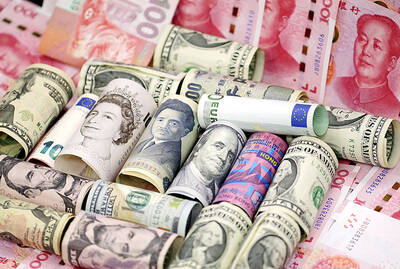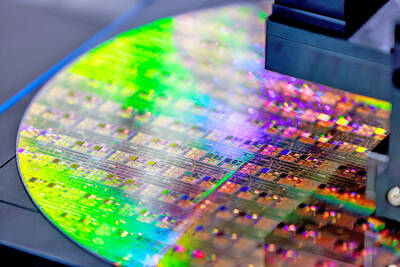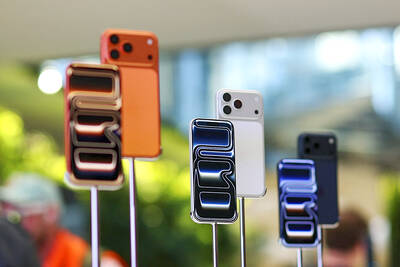Nokia Oyj and Motorola Inc, the world's largest mobile-phone makers, widened their lead in the third quarter over Samsung Electronics Co as demand in Asia helped increase unit sales by 22 percent.
Nokia's market share rose to 35.1 percent from 32.5 percent a year earlier, Stamford, Connecticut-based researcher Gartner Inc said in a release. Motorola rose to 20.6 percent from 18.7 percent, and Samsung fell to 12.2 percent from 12.5 percent.
As a result of increases for Nokia and Motorola and the growth in Asia, Gartner raised its full-year sales forecast to 986 million units from its previous forecast of 960 million units. Lower-priced phones in Asian countries including China, India, Vietnam, Pakistan and Bangladesh helped sales expand from last year's total of 817 million.
"If you look at where you had the biggest growth, you had Asia grow 54 percent," Carolina Milanesi, principal research analyst at Gartner, said in an interview. Companies paid "more attention to the emerging markets and so having more, cheaper phones on the market is obviously driving sales."
Espoo, Finland-based Nokia increased its market share in every region except North America. The company regained the top spot in Latin America after losing it to Motorola a year ago, Gartner said. Nokia sold 88.1 million units in the quarter.
"Although Nokia has been criticized for lacking in the mid-tier, they still have the widest portfolio," Milanesi said. The companies that made large gains were able to "tap into those regions that are not saturated."
Schaumburg, Illinois-based Motorola also lost ground in other markets, including Western and Eastern Europe, the Middle East and Africa, Gartner said. Motorola sold 51.9 million units.
While Seoul-based Samsung lost market share, the company kept its No. 3 position by increasing sales, though at a slower pace than Nokia and Motorola.
"If you look at the vendors in the third quarter, Samsung was back," Milanesi said. She said Samsung struggled in the first half of the year. She said the 30.6 million units sold by Samsung was a "healthy" sales figure.
Sony Ericsson Mobile Communications, in fourth place, increased sales and won market share to 7.7 percent from 6.7 percent. In the No. 5 spot was LG Electronics Inc, with a market share falling to 6 percent from 6.5 percent. LG is suffering because it isn't offering enough different phones, Milanesi said.
BenQ Corp (
There are lots of "little things" that will change the mobile industry in the fourth quarter and into next year, Milanesi said. "Definitely there's a change in respect to content playing a bigger role" and the addition of more Internet applications on phones, she said.
In the fourth quarter there will be a "bigger focus" on music, Milanesi said.

Taiwan’s foreign exchange reserves hit a record high at the end of last month, surpassing the US$600 billion mark for the first time, the central bank said yesterday. Last month, the country’s foreign exchange reserves rose US$5.51 billion from a month earlier to reach US$602.94 billion due to an increase in returns from the central bank’s portfolio management, the movement of other foreign currencies in the portfolio against the US dollar and the bank’s efforts to smooth the volatility of the New Taiwan dollar. Department of Foreign Exchange Director-General Eugene Tsai (蔡炯民)said a rate cut cycle launched by the US Federal Reserve

The US government on Wednesday sanctioned more than two dozen companies in China, Turkey and the United Arab Emirates, including offshoots of a US chip firm, accusing the businesses of providing illicit support to Iran’s military or proxies. The US Department of Commerce included two subsidiaries of US-based chip distributor Arrow Electronics Inc (艾睿電子) on its so-called entity list published on the federal register for facilitating purchases by Iran’s proxies of US tech. Arrow spokesman John Hourigan said that the subsidiaries have been operating in full compliance with US export control regulations and his company is discussing with the US Bureau of

Businesses across the global semiconductor supply chain are bracing themselves for disruptions from an escalating trade war, after China imposed curbs on rare earth mineral exports and the US responded with additional tariffs and restrictions on software sales to the Asian nation. China’s restrictions, the most targeted move yet to limit supplies of rare earth materials, represent the first major attempt by Beijing to exercise long-arm jurisdiction over foreign companies to target the semiconductor industry, threatening to stall the chips powering the artificial intelligence (AI) boom. They prompted US President Donald Trump on Friday to announce that he would impose an additional

Pegatron Corp (和碩), a key assembler of Apple Inc’s iPhones, on Thursday reported a 12.3 percent year-on-year decline in revenue for last quarter to NT$257.86 billion (US$8.44 billion), but it expects revenue to improve in the second half on traditional holiday demand. The fourth quarter is usually the peak season for its communications products, a company official said on condition of anonymity. As Apple released its new iPhone 17 series early last month, sales in the communications segment rose sequentially last month, the official said. Shipments to Apple have been stable and in line with earlier expectations, they said. Pegatron shipped 2.4 million notebook